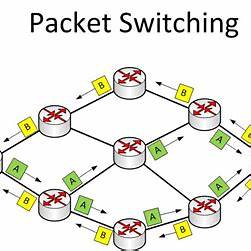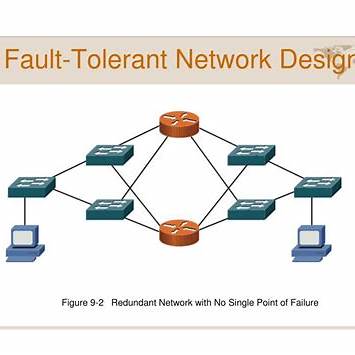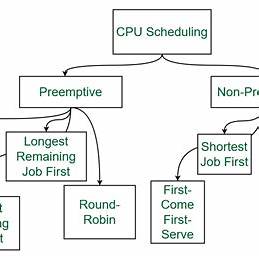4.1 The internet
Packet: a small amount of data sent over a network. Each packet includes the source and the destination information.
Packet switching: the message (file) is broken up into packets and sent in any order. The packets are reassembled by the recipient’s device
Path: a path between two computing devices on a computer network is a sequence of connected computing devices that begins at the sender and ends at the receiver
IETF (Internet Engineering Task Force): manages the development of standards and technical discussions concerning the internet in an open process
TCP (Transmission Control Protocol): establishes a common standard for how to send messages between devices on the internet

4.2 Fault Tolerance
The internet has been engineered to be fault tolerant, with abstractions for routing and transmitting data
Redundancy is the inclusion of extra components that can be used to mitigate failure of a system if other components fail
Redundancy within a system often requires additional resources but can provide the benefit or fault tolerance
The redundancy of routing options between two points increases the reliability of the internet and helps it scale to the more devices and more people

4.3 Parallel and Distributed Computing
System tasks: the operating system has dozens of tasks, like scheduling what it will be doing next, managing hardware
User tasks: executing programs that the user has selected, like running MS Excel and MS Word
Tasks need to be schedules by the operating system. Balance tasks so all CPUs are being used evenly and fully
